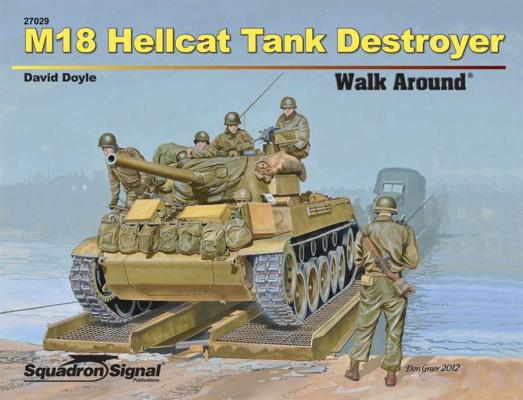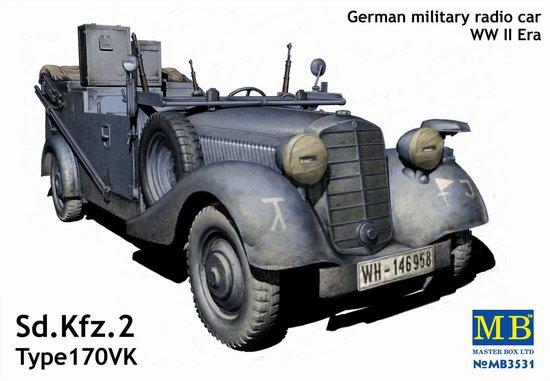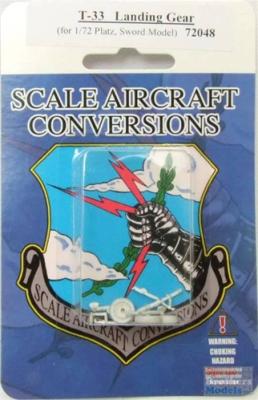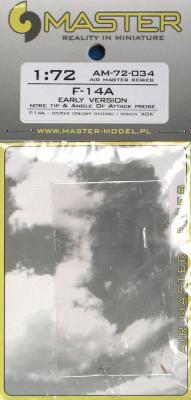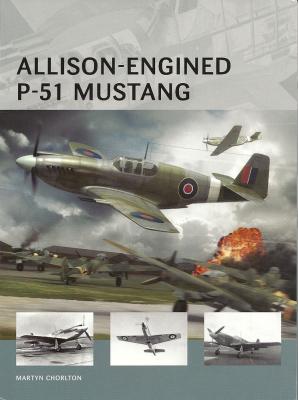The Tank Destroyers were a short-lived branch of the U.S. Army in World War II, based around a theory that tank destroyers would be dedicated to fighting enemy tanks, freeing our tanks for infantry support. Furthermore, half the Tank Destroyer force would consist of towed anti tank guns. Gradually, the towed guns were replaced by self propelled vehicles, such as the M10, M36, and finally, the M18. All of these vehicles handled themselves quite well against German armor, as well as serving as support vehicles for infantry, but their weak link was the open turret which exposed the crew to small arms fire, shell bursts, and grenades. In the end, the tank destroyer program was cancelled, with standard U.S. tanks assuming the tank vs. tank role. M18s soldiered on in other armies, some seeing action as late as the 1990’s in Serbia.
Welcome to the IPMS/USA Reviews site!
Introduction: The primary organization of the IPMS/USA Review website is by IPMS/USA National Contest Class. Within each Class there are sub-menus by kits, decals, books, etc. The Miscellaneous Class is for items that are not class specific or that cross two or more classes.
IPMS/USA Members: We encourage you to submit reviews, both here and to the Journal. To volunteer for membership in the IPMS/USA "Reviewers Corps" and submit your own reviews, please read the Guidelines For Submitting Product Reviews.
Manufacturers, publishers, and other industry members: IPMS/USA is pleased to offer your company the opportunity for product reviews. All product reviews are performed by IPMS/USA members, and are posted in the publicly-accessible section of our website. With very few exceptions, we perform full build reviews of new kit releases, aftermarket products, and supplies. If you would care to provide product samples for review, please contact John Noack, IPMS/USA 1st VP.
To learn more about IPMS/USA, please see our About Us page.
History
The German Radio Car type 170VK was created on the basis of the serial car 170V of Daimler-Benz Co. The car had in its construction many technological solutions that were advanced for that time frame, such as an X-shaped frame welded from oval-shaped tubes, independent suspension on all wheels, and an engine with overhead valves. The vehicle was very reliable and very popular in all branches of the German army. The car was made in three variations: (1) scout car, (2) radio car, and (3) traveling repair shop. There were 19,075 vehicles built from 1933 to 1942.
Items in the Box
The model is made from injection molded plastic, gray in color. The plans were made up of a fold-out series of sheets, printed on both sides. The build sheet shows various versions of assembly. This build selected was with the radio installed and with the top down. Decal sheets, clear plastic glass, and soft tires were also included.
A short time ago, I got the Scale Aircraft Conversions landing gear for the T-33/ F/94 in 1/48 scale and was amazed by the fine detail.
Now, I am going to build my second T-33A by Platz in 1/72 and this time I have been given the SAC set. Wow, what a difference.
I thought the 1/48 set was great but this one is better. It includes all the parts in super detail. It even includes the landing lights. I really don’t know how they can get such fine detail in a metal casting, but I’ll take it.
Looking closely, I noticed that the tires need a slight cleanup on the tread part to get rid of a small seam line. This effort should take less than a minute.
I would highly recommend this and all of the SAC landing gears. They add that extra pop to any model.
I wish to thank Russ with Scale Aircraft Conversions and Steve Collins at IPMS/USA for giving me this set to review. Can’t wait to do more.
Contents
Representing the earliest production F-14As, before the addition of a nose-mounted Angle of Attack probe, Master Model provides you with a metal nose tip and fuselage Angle of Attack (AOA) probe. As with other Master Model products, I find myself astonished with both the quality and unbelievably small size of their detail parts. The AOA probe in particular starts out smaller than a #80 drill bit and tapers to sharp point. The nose probe is equally as beautifully crafted.
Most books covering the P-51 Mustang begin with the design and development phase. It’s not uncommon for the books to mention briefly that Mustangs were sent to England early in the war and the deficiencies they had. The authors explain that soon after, the Rolls Royce Merlin replaced the original Allison engine. Generally, from this point forward, the authors describe what a great fighter the P-51 was – and rightfully so, but the original Allison-powered aircraft is all but ignored.
Author Martyn Chorlton doesn’t take that path in his new book, Allison-Engined P-51 Mustang. He describes what a great airplane this was in operations other than those of the high-altitude fighter – e.g., dive-bombing, low-level reconnaissance, and ground-attack.











